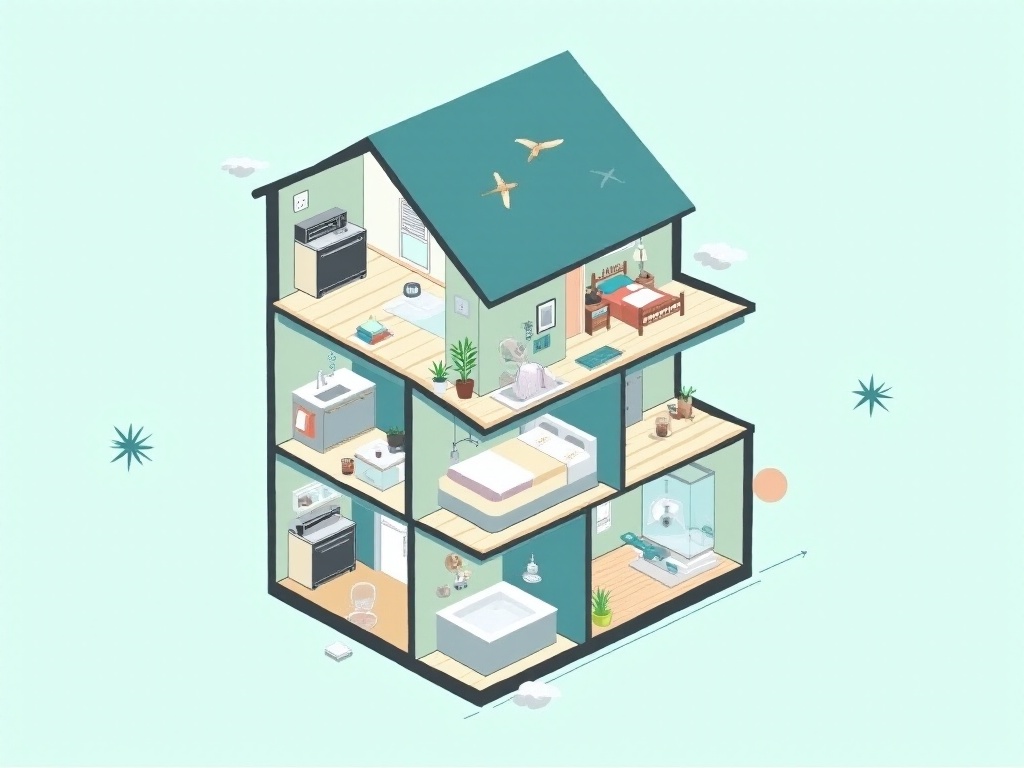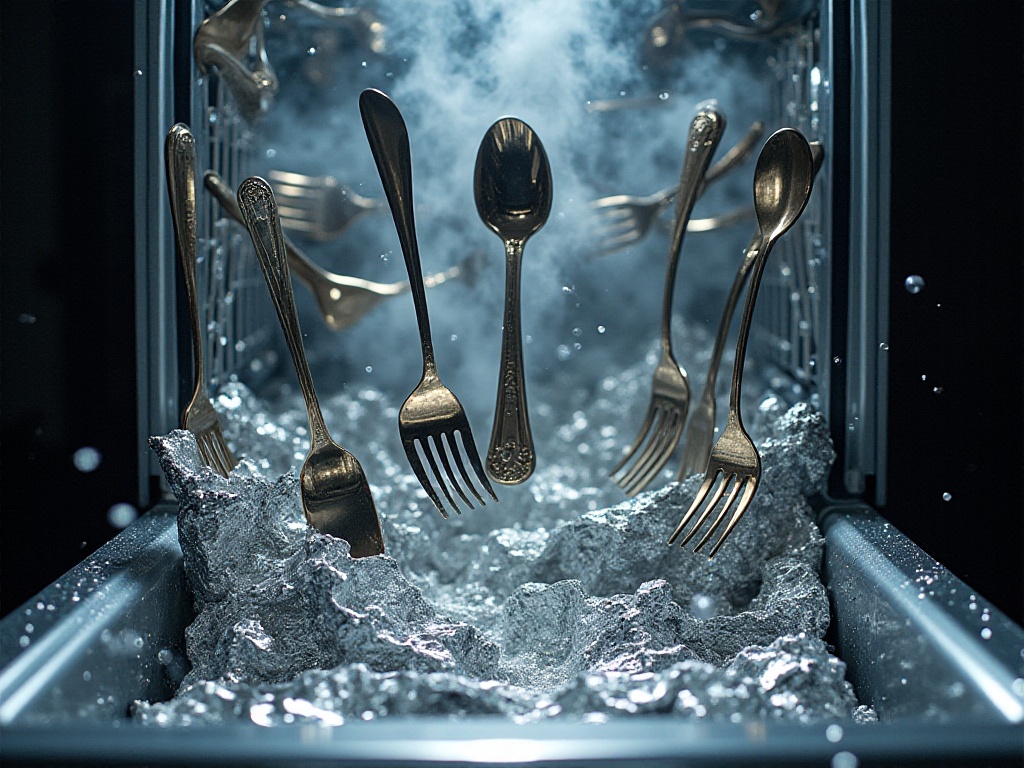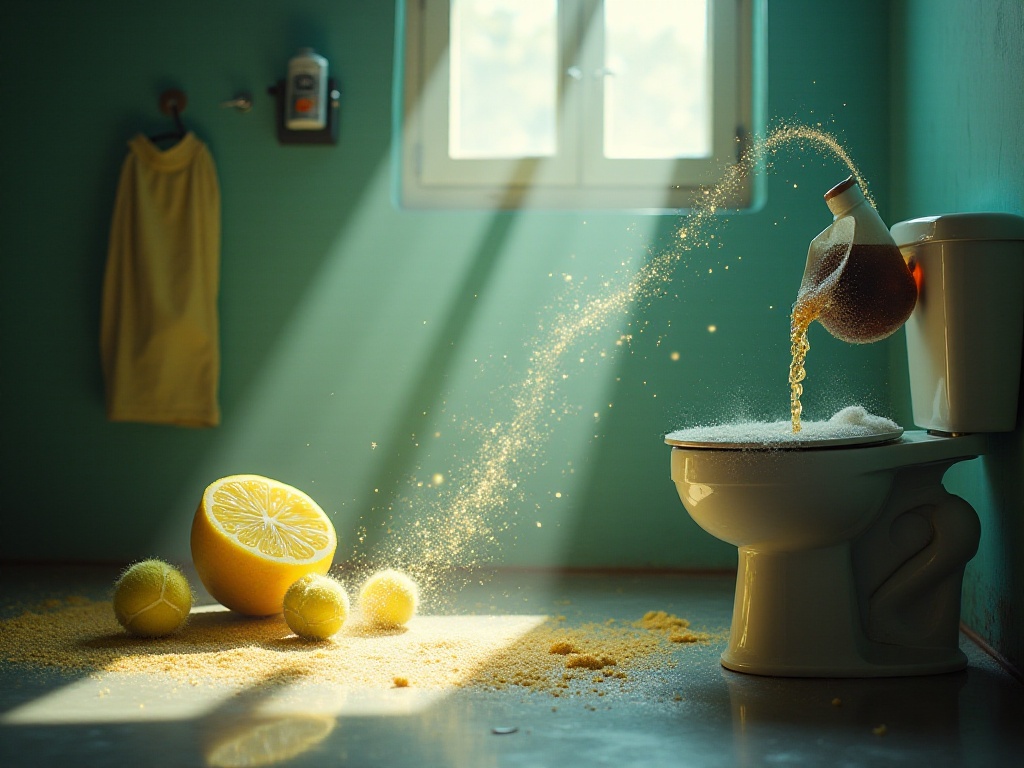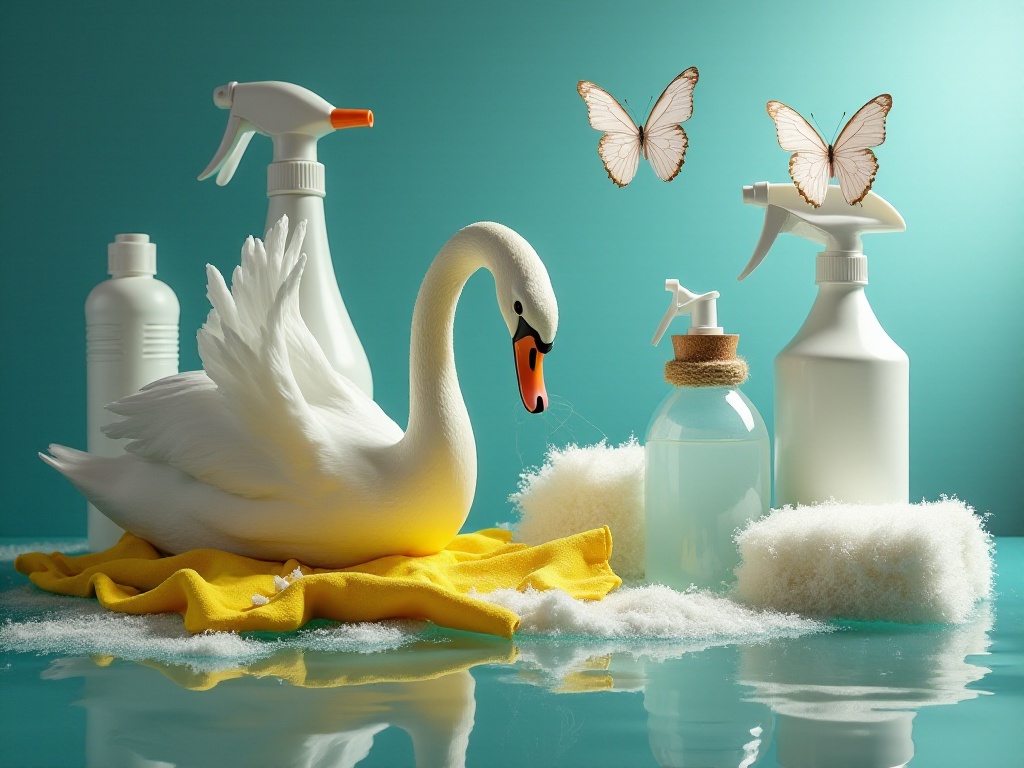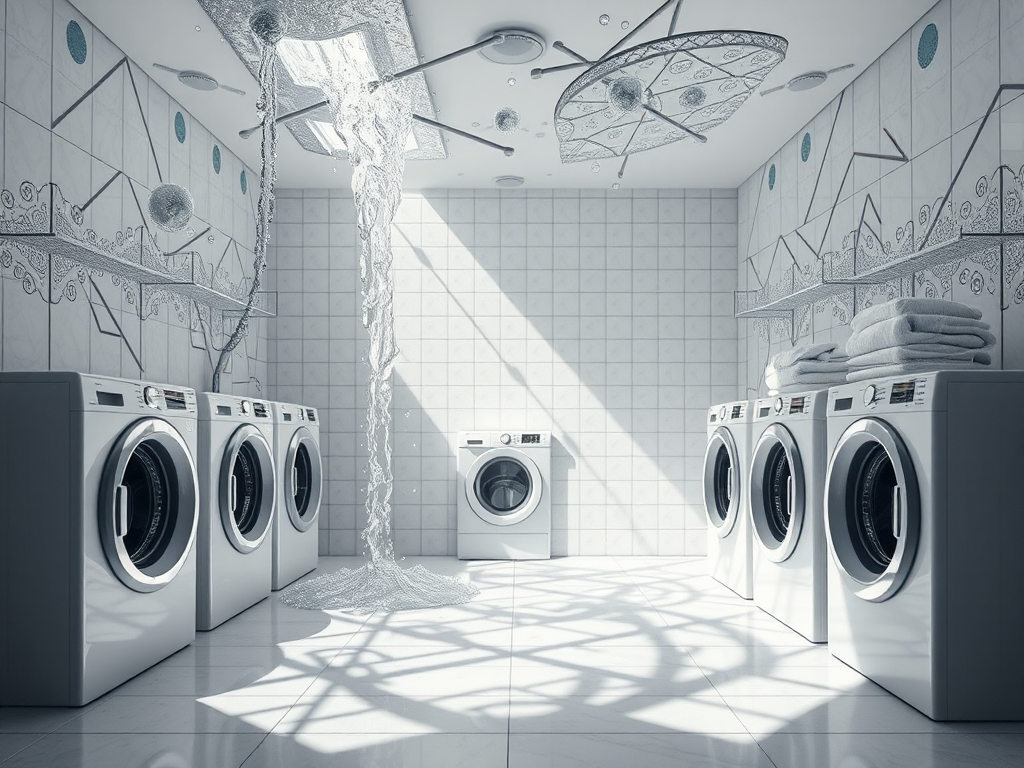Getting Straight to the Point
I'm a working professional who just moved out on my own. With a busy work schedule and various household chores to handle after work, cleaning issues particularly give me headaches. Greasy kitchen counters, yellowing toilets, bathrooms with water stains everywhere... these problems really drive me crazy. After more than a year of exploration and experimentation, I've compiled some super practical cleaning tips to share with everyone today, hoping to help young people like me solve their home cleaning troubles.
Kitchen Section
To be honest, when I first started living independently, kitchen cleaning was my biggest challenge. Especially with kitchen appliances like microwaves and baking trays, seeing the thick layer of grease would make my head spin. Once the grease dried, it became a nightmare - impossible to wipe clean, and scrubbing too hard risked damaging the equipment's surface.
After repeated trials, I discovered a magical cleaning method: baking soda plus white vinegar. Here's how to do it: First, sprinkle a layer of baking soda on the greasy surface, then use a spray bottle to evenly spray white vinegar. You'll see an interesting chemical reaction as the baking soda and vinegar create lots of tiny bubbles that effectively break down the grease. After waiting 5 minutes, gently wipe with a damp cloth, and the grease comes off easily.
The first time I used this method, I was absolutely amazed. Those stubborn grease stains that I couldn't handle even with tremendous effort were solved so easily. Plus, baking soda and white vinegar are kitchen staples that are inexpensive to use. Since then, this has become my go-to cleaning solution.
Speaking of microwaves, many people might find cleaning the interior particularly troublesome. After all, food splatters inevitably occur during microwave heating, and over time, the interior walls develop stubborn stains. I was also at a loss until I discovered the lemon cleaning method.
The process is very simple: Take half a lemon, cut it into slices, and put them in a glass bowl with about 200ml of water, then place the bowl in the microwave. Heat on high for 3-5 minutes until steam fills the entire microwave interior. At this point, the lemon steam will soften stubborn grease, while the natural acidity of the lemon helps break it down. After the microwave cools slightly, wipe the interior walls, and you'll find those usually stubborn stains become very easy to clean.
Even better, this method not only cleans the microwave but also removes odors. The fresh lemon scent remains in the microwave, and you can smell a slight lemon fragrance the next time you heat food, which is particularly pleasant. I've been using this method for a long time, and it works well every time.
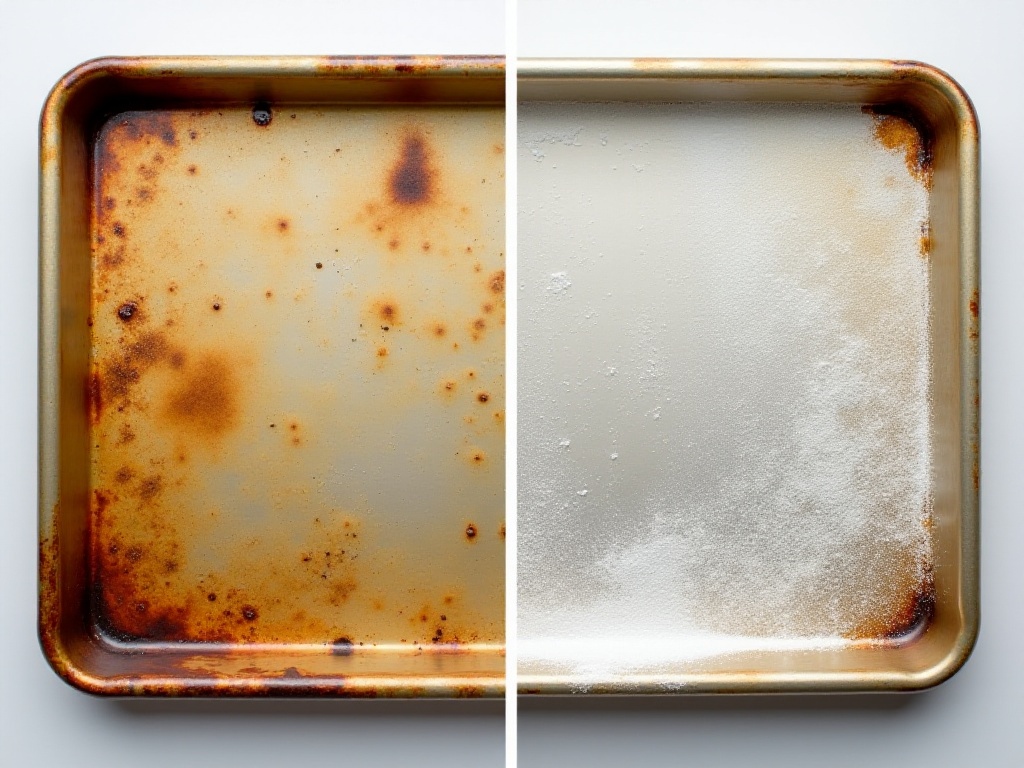
Bathroom Tips
When it comes to bathroom cleaning, the most headache-inducing issues are toilet and faucet limescale. Especially in areas with hard water, it doesn't take long for an unsightly layer of scale to form on toilet and faucet surfaces.
This is where our everyday Coca-Cola can come in handy. Yes, the same Coke we drink. When I first heard that Coke could clean toilets, I found it incredibly unbelievable. But after actually trying it, I discovered that Coke is indeed excellent for removing toilet scale.
The method is simple: Pour an entire bottle of Coke into the toilet, trying to cover the bowl's interior evenly. Then wait about 30 minutes, letting the phosphoric acid in the Coke work its magic. During this time, you'll notice the scale gradually dissolving and becoming soft. Finally, flush and give it a quick scrub with the toilet brush, and the toilet will look like new.
The biggest advantage of this method is that it saves time and effort, and the materials are very easy to obtain. You can do other things while waiting, like tidying up the room or cleaning other areas. And compared to professional cleaners, Coke is cheaper and won't damage the toilet's glaze.
As for scale around faucets, I have an even simpler solution: white vinegar. Actually, white vinegar is an all-purpose helper for housework - it's not just for cooking but has many cleaning uses too.
Here's how to do it: Soak paper towels or cloths in white vinegar and wrap them around the faucet spout and scale-affected areas. If the scale is particularly thick, secure the paper towels or cloth in place to let the vinegar fully soak the scaled areas. After 15-20 minutes, you'll find the stubborn scale has become soft and can be completely removed with a light brush.
I've been using this method for a long time with excellent results. Plus, vinegar is cheap and environmentally friendly, and won't cause any damage to faucet surfaces. After cleaning, just rinse with water, and no vinegar smell will remain.
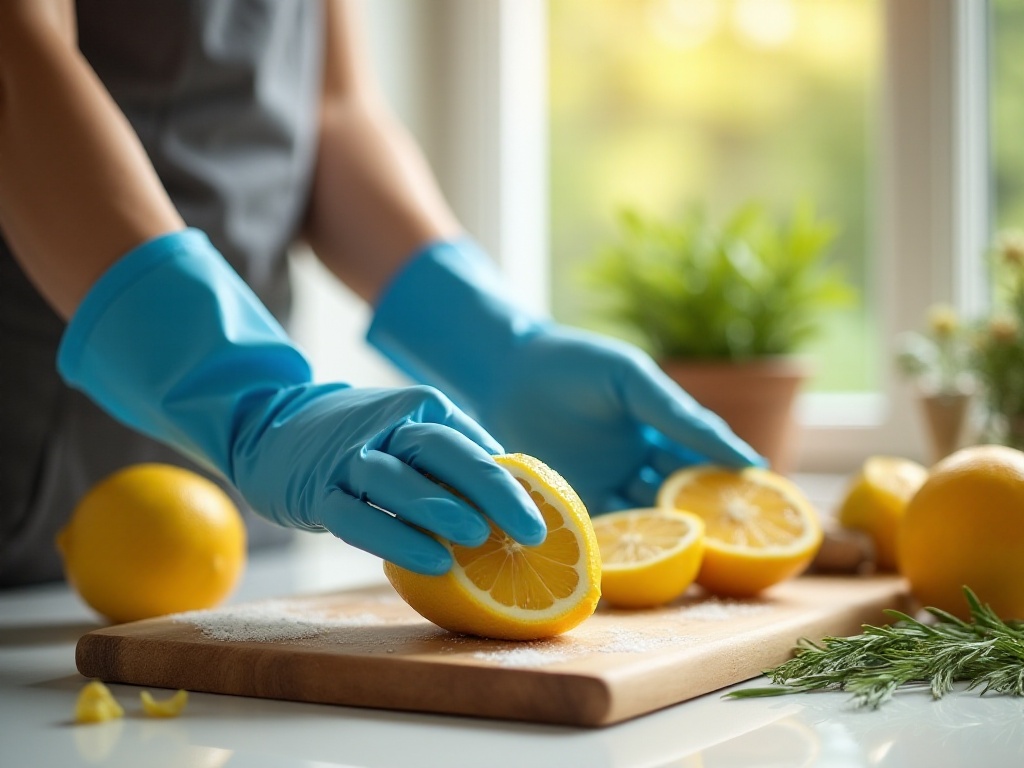
Special Treatments
In daily life, we often encounter special stain problems, like water marks on furniture. These water marks can easily leave unsightly spots on furniture surfaces if not handled properly. But don't worry, I've discovered a particularly magical solution: mayonnaise.
Mayonnaise might sound surprising, but the oils and proteins in it can effectively treat water marks on wooden furniture surfaces. I tried this method myself after accidentally spilling a glass of water.
Here's how to do it: First, dry the water-marked surface with a clean cloth, then evenly apply a suitable amount of mayonnaise to the water mark. You don't need to apply it too thick - a thin layer is enough. Wait about 15-20 minutes to let the mayonnaise work. Then wipe off the mayonnaise with a clean cloth, and you'll find the water mark has faded significantly. If the result isn't ideal enough, you can repeat this process several times.
The biggest advantage of this method is that the materials are easy to obtain and very gentle on furniture surfaces. However, it's important to test it first in an inconspicuous area to ensure it won't cause additional damage to the furniture surface.
Speaking of special stains, perhaps the most troublesome are red wine stains on carpets. Many people might think that once red wine spills on a carpet, that carpet is ruined. But actually, if handled promptly and properly, red wine stains can be completely treated.
First, the most important thing is to act immediately when the wine is just spilled. Don't wait until the red wine has completely soaked into the carpet fibers, as that will make it much more difficult to treat. The first step is to press the stained area with a highly absorbent white towel (preferably pure cotton) - note that you should press, not wipe, as wiping will make the wine stain spread further.
After absorbing most of the liquid, you can use a professional carpet cleaner. If you can't find professional cleaner immediately, you can substitute with a mixture of warm water and white vinegar (ratio about 3:1). Spray this solution on the wine stain, then continue pressing with a clean white towel to absorb. This process might need to be repeated several times until the wine stain completely disappears.
A special reminder here is to be careful not to let the stained area get too wet during the entire process. Excessive moisture will not only make the stain spread but might also cause the carpet to mold. Also, maintain good ventilation after treatment to help the carpet dry quickly.

Wall Cleaning
Wall cleaning issues are also common in our daily lives, especially if you have children - various scratches and scribbles on walls become routine. But don't worry, I've discovered some particularly useful solutions.
First, let's talk about dealing with wall scratches. Many people might not know that tennis balls can actually be used to clean light scratches on walls. I discovered this method by chance. The process is simple: Clean the tennis ball, then gently rub it on the scratched area of the wall. The fuzz on the tennis ball's surface will gradually "smooth out" the scratches. This method is particularly effective on light-colored walls and won't damage the paint layer.
As for crayon drawings on walls, many people might directly use a wet cloth to wipe them, but this often spreads the crayon marks further, achieving the opposite effect. After multiple attempts, I found that using a hair dryer to heat the marks works best.
Here's how to do it: First set the hair dryer to medium heat and blow on the crayon marks until the crayon starts to soften. Then gently wipe with a clean soft cloth, and you'll find the crayon marks become particularly easy to remove. This is because the wax in the crayon re-softens when heated, making it much easier to wipe away.
I used this method to deal with my little niece's "artistic creations" on our walls. However, note that the hair dryer shouldn't be too close to the wall, and the temperature shouldn't be too high to avoid damaging the wall. Also, use a soft cloth for wiping, avoiding rough materials.
For some stubborn wall stains, like oil stains or tea stains, I found that baking soda paste is also a good choice. Mix baking soda with an appropriate amount of water to form a paste, apply it to the stain, wait 10 minutes, then wipe with a damp towel - it works quite well.
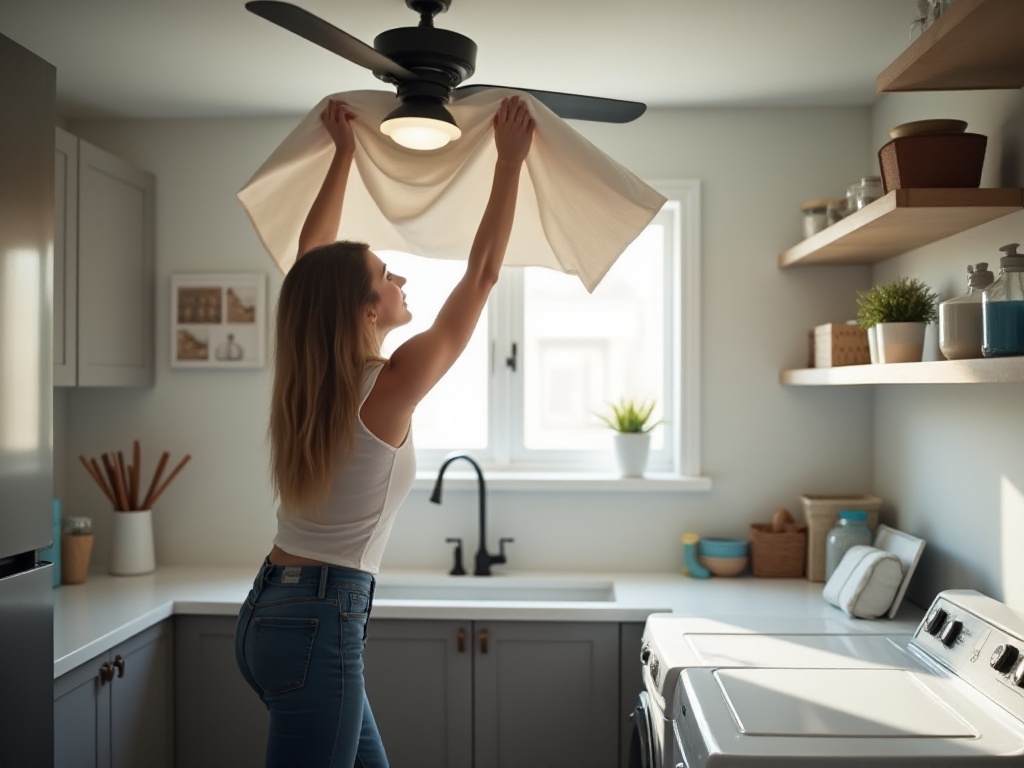
Practical Advice
After sharing so many specific cleaning methods, I think it's necessary to share some of my cleaning insights. First, cleaning work really can't be delayed - the longer you wait, the harder it becomes. My current approach is to distribute different area cleaning tasks to different times of the week.
For example, Monday for kitchen cleaning, Wednesday for bathroom, Friday for living room and bedroom cleaning. With this distribution, the cleaning time each day isn't too long, and it doesn't feel particularly tiring. Plus, regular cleaning prevents the accumulation of dirt, saving time and effort in the long run.
I've also developed a habit of dealing with kitchen grease immediately after cooking. Because grease is easiest to clean when fresh - if you wait until it dries before cleaning, it takes much more time and effort. The same principle applies to other types of stains, like water marks or food stains - the earlier you deal with them, the better.
Also, I suggest preparing a cleaning toolkit with commonly used cleaning supplies inside. This includes items like baking soda, white vinegar, cleaners, cloths, gloves, etc. This way, you don't have to search everywhere for tools when you need to clean, greatly improving cleaning efficiency.
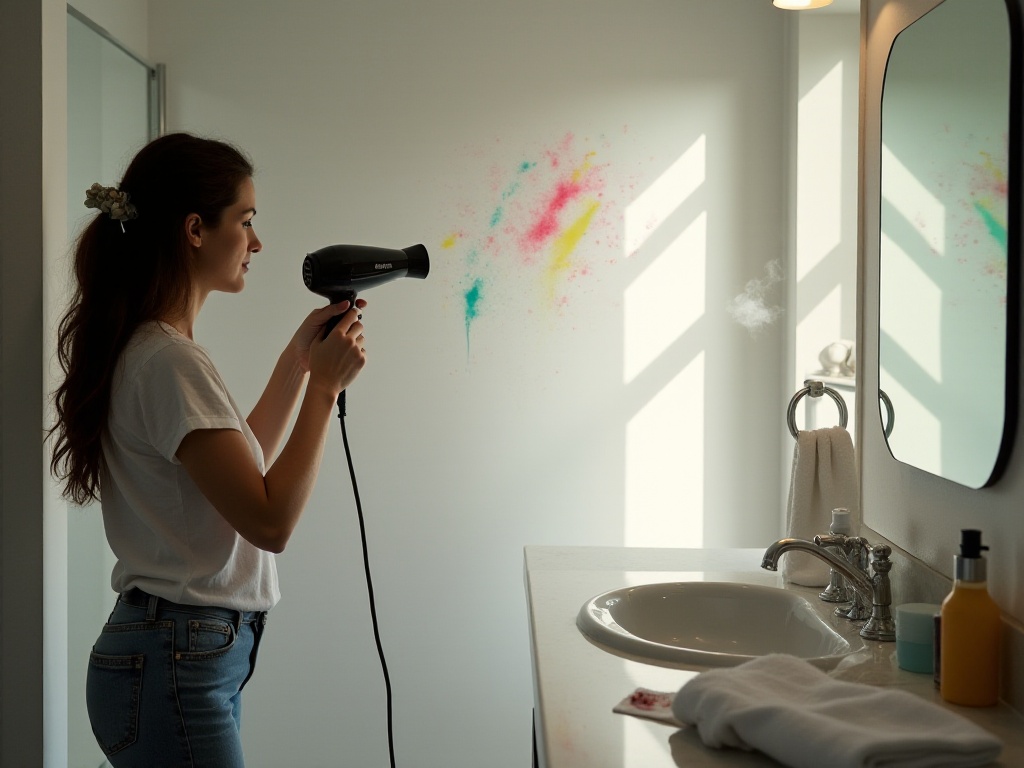
Important Notes
Although these cleaning methods are all very practical, there are still some precautions to take when using them. First, regardless of what cleaning method you use, it's recommended to do a small test in an inconspicuous area first. Because different surface materials may react differently to cleaners, testing in advance can avoid unnecessary damage.
Second, make sure to use protection when cleaning. Wearing rubber gloves can protect your skin, especially when using chemical cleaners. At the same time, maintain good ventilation to avoid inhaling too much cleaner fumes. If working in an enclosed space, it's best to wear a mask.
There's also the issue of cleaner usage. Don't mix different cleaners, as certain combinations might produce harmful gases. Additionally, when using cleaners, strictly follow the instructions on the packaging - don't arbitrarily increase the amount or extend the application time.
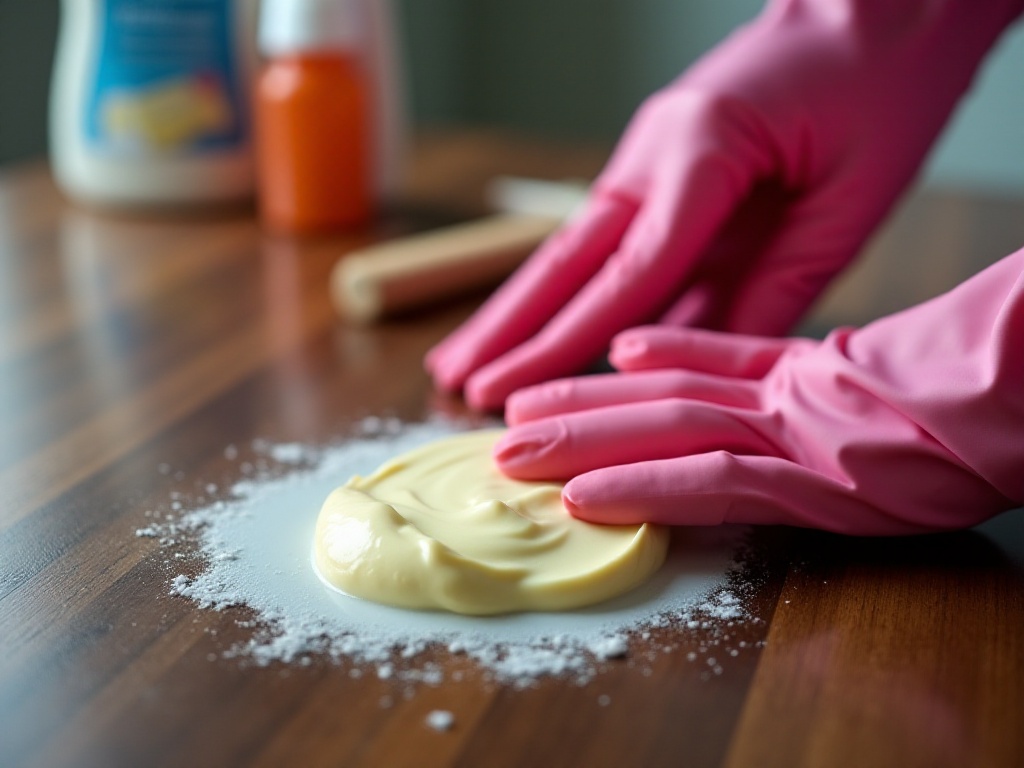
Final Words
With these cleaning tips, you should be able to keep your home spotlessly clean. Actually, maintaining a clean home isn't difficult - the key is mastering the right methods and developing good cleaning habits. I hope these experiences can help everyone solve their home cleaning troubles and make their homes more comfortable and pleasant.
If you have any unique cleaning tricks, feel free to share them in the comments. Let's exchange ideas and learn from each other, making housework more enjoyable and easier. After all, a clean and comfortable home is the best refuge after a hard day's work.


